Jews want to build Third Temple: how far can they go?
The Third Temple refers to a future Jewish temple that some Jews believe will be built in Jerusalem on the Temple Mount, the historic location of the First Temple (built by Solomon) and the Second Temple (rebuilt after the Babylonian exile and destroyed by the Romans in 70 CE).
The Temple of Mount is currently home to the Dome of the Rock, an Islamic shrine, which further intensifies the complexity and sensitivity surrounding it.
To certain Jewish groups, building the Third Temple is considered essential for ushering in the Messianic Age and fulfilling biblical prophecy.
They believe its reconstruction would allow for the revival of specific Jewish practices that have not been performed since the destruction of the Second Temple.
The Temple Institute is playing a key role in these preparations by researching ancient Temple traditions, producing required ritual items, and training Kohanim (priests) for future service.
In ancient Israel, according to the Old Testament, priests who performed sacrifices at the temple had to be ceremonially pure. This purification process involved water mixed with the ashes of an unblemished red heifer.
However, after the Second Temple was destroyed by the Romans in 70 AD and the Jewish people were dispersed for nearly two millennia, the need for red heifers disappeared, as there was no temple and no sacrificial system in place.
Third Temple and Significance
The Temple Mount in Jerusalem is among the holiest and most disputed sites in the world.
For Jews, it holds deep significance as the location of the ancient Holy Temple.
Currently, the site is under Muslim administration, and Jewish worship is not permitted there. Despite this, some individuals are actively preparing for the construction of a future temple.
Third Temple construction and Heifers
Recently, there has been growing attention around several red heifers being raised in Israel.
Their significance lies in the fact that one of the final hurdles to rebuilding a Jewish temple on the Temple Mount is obtaining the ashes of a red heifer, which are needed for ritual purification.
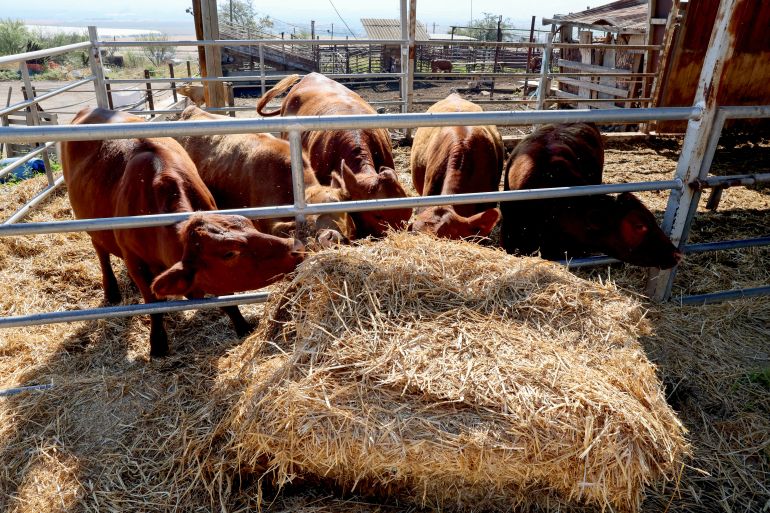
Jewish rabbis have long taught that a red heifer to qualify as unblemished, its hairs must be all red. Even one single hair of a different color disqualifies the animal from use.
On September 15, 2022, and all of a sudden, five young red heifers were brought into Israel from Texas.
Once a heifer has reached two years and one month of age, it can be sacrificed anytime during its third year of age.
In Bible numbers 19:2, God outlined the criteria for this animal: it had to be without defect, free of blemish, and never used for labor.
These strict requirements were apparently met during the periods of the First and Second Temples.
Third Temple in Israeli-Palestinian Conflict
After the State of Israel was founded in 1948, the status of Jerusalem and the Temple Mount became a central and contentious issue.
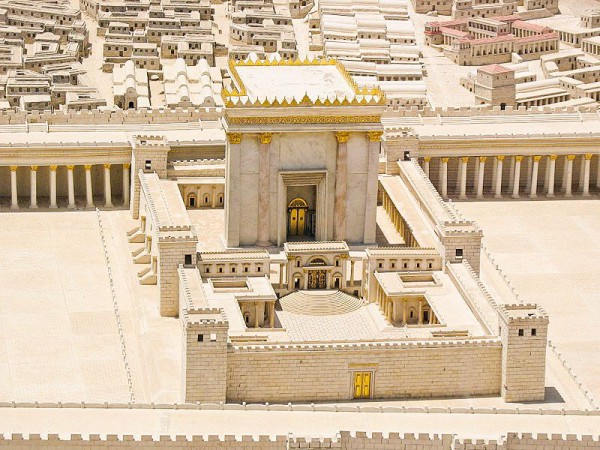
Under the United Nations’ 1947 Partition Plan, East Jerusalem was designated to become part of a future Palestinian state. However, following the 1949 Arab-Israeli War, Jordan took control of East Jerusalem.
This changed in 1967, during the Six-Day War, when Israel captured East Jerusalem, including the Temple Mount.
To ease tensions with the Muslim world, Israel allowed Islamic authorities to continue overseeing the religious sites.
Under the resulting “status quo” arrangement, Muslims maintained the right to worship freely on the Temple Mount, while Jews were prohibited from praying there.
Despite this agreement, the rule is frequently breached, sometimes sparking violence.
In 1980, Israel formally annexed East Jerusalem, a move Palestinians reject, as they view the area as the capital of their future state.
For many Palestinians, Israel’s presence on the Temple Mount represents ongoing occupation, while many Israelis see Jerusalem as their “eternal and undivided capital,” making political resolution even more difficult.
Possible Hints in Third Temple Construction
The Messianic Bible Project reported that the Waqf, the Islamic authority overseeing the Temple Mount, has excavated and discarded ancient, invaluable remnants of the Beit HaMikdash (Temple), carelessly dumping them in a public landfill and disregarding the historical significance of the artifacts being destroyed.
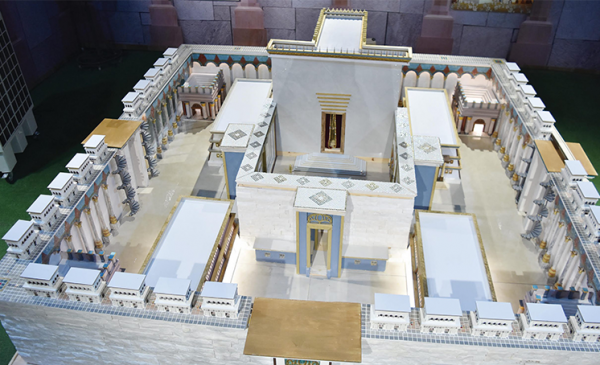
Since the Israeli government granted the Waqf administrative control in 1967, the organization—working with Israeli police—has largely restricted Jews and Christians from worshiping on the Mount, and has at times even denied them entry altogether.
According to Eurasia View, “Ultra-Orthodox Jews see the construction of the temple as a sacred duty.”
“For example, in the spring of 2024, Knesset member and member of the ultranationalist United Torah Judaism party, Yitzhak Pindrus, called for the construction of the Third Temple on the site of Al-Aqsa Mosque,” it said.
“It appears that the temple is dedicated at the midpoint of the tribulation when the Antichrist sets up, declares himself to be God, and sets up the abomination of desolation which is three and a half years into the tribulation,” Bishop Alan DiDio said in a recent podcast livestream for his ministry Encounter Today.
For the latest news, follow us on Twitter @Aaj_Urdu. We are also on Facebook, Instagram and YouTube.




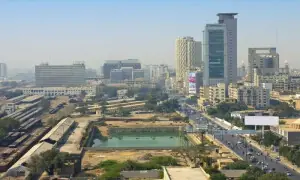






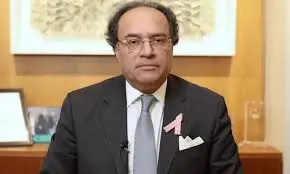

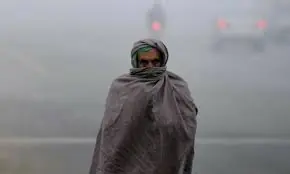

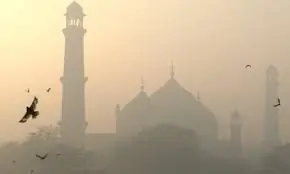




Comments are closed on this story.